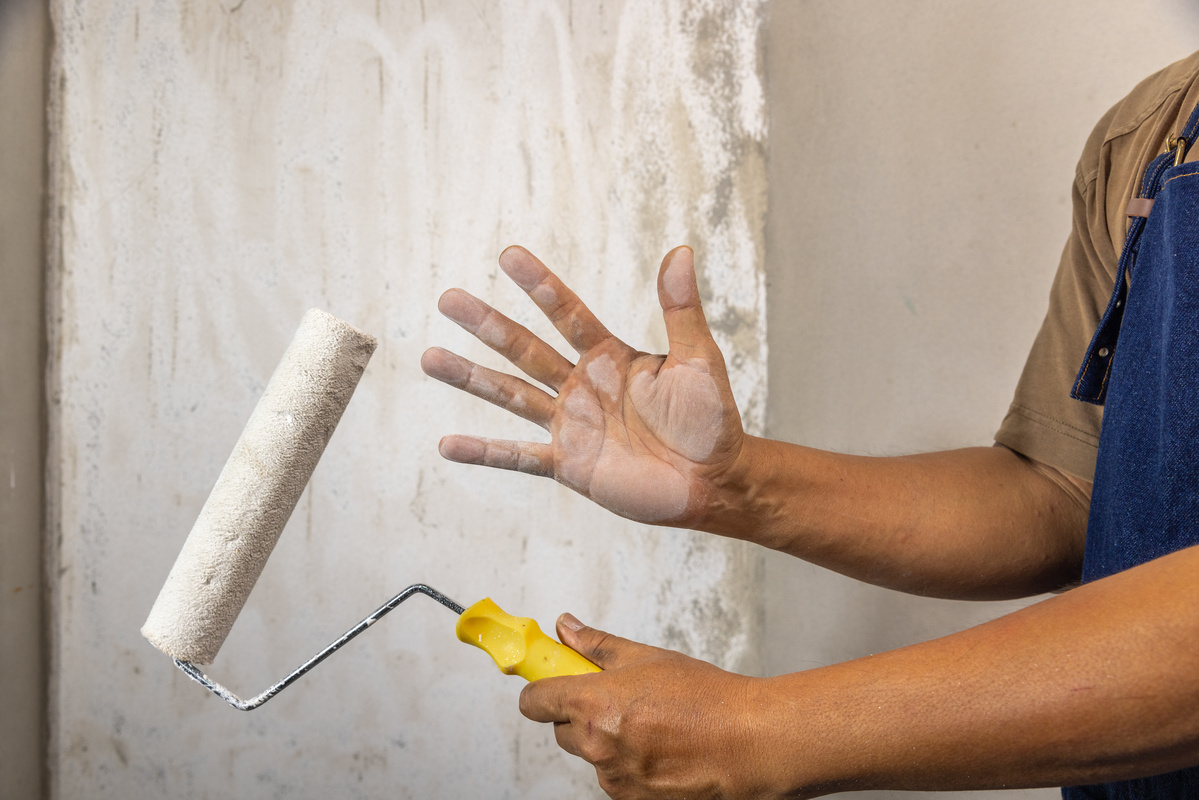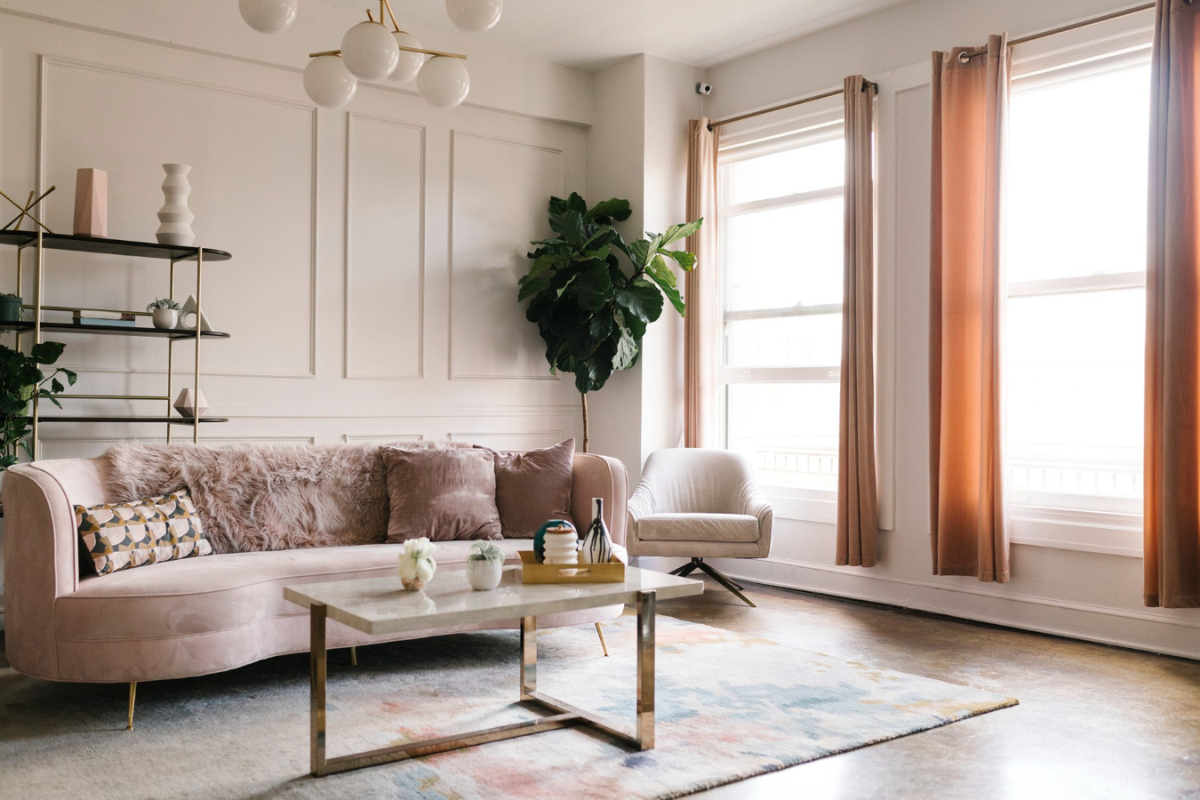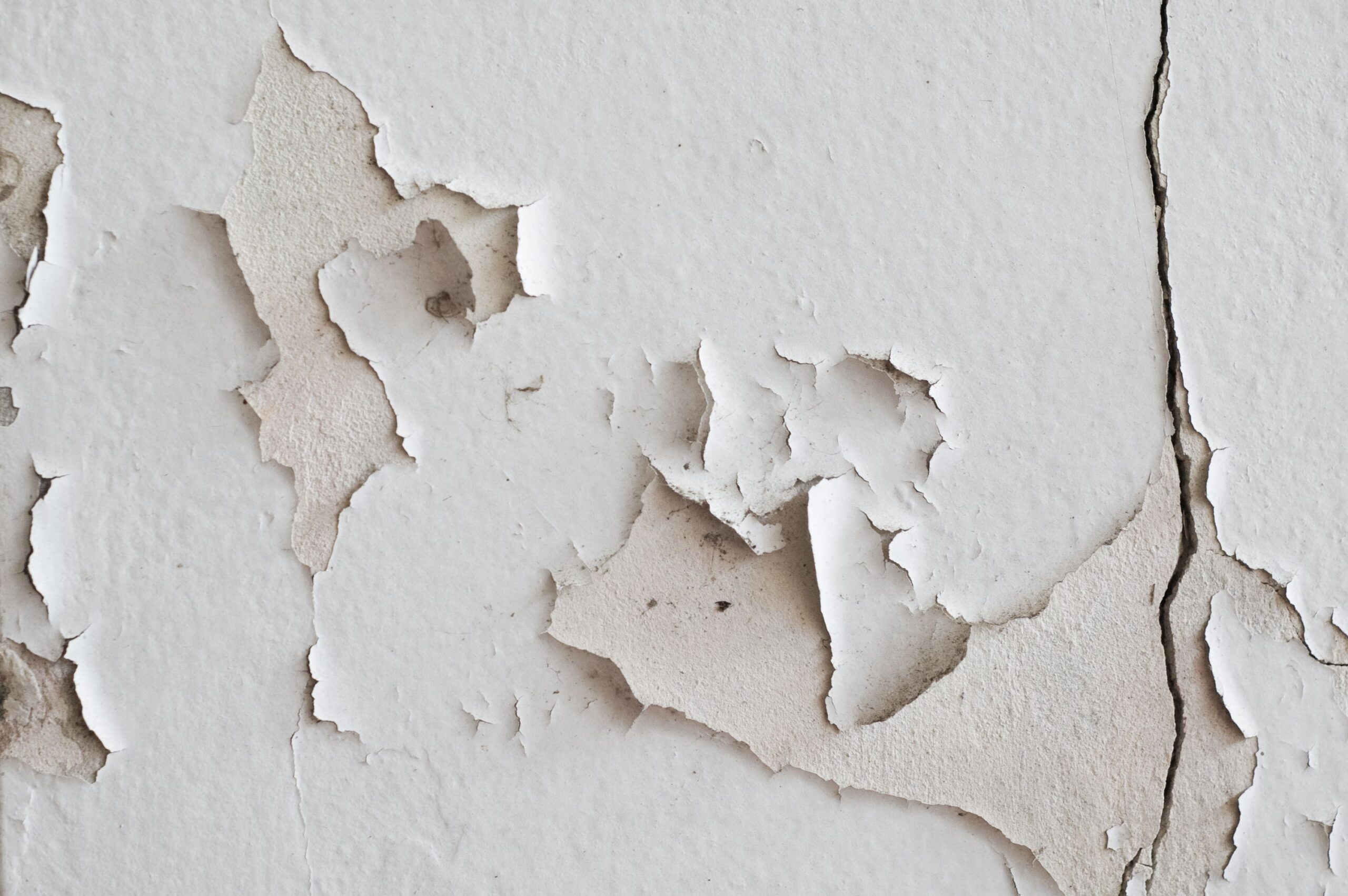
6 COMMON MISTAKES WHEN PAINTING A HOUSE AND HOW TO FIX THEM
- Not preparing the wall surface properly
- The first common mistake when painting a house is not preparing the wall surface properly. This is one of the most important factors for a successful painting project. Specifically:
- The surface is too dirty: When the wall surface is covered with dirt, grease or any impurities, the paint cannot adhere to the wall. This leads to peeling or uneven paint.
- Not cleaning cracks and peeling paint: If there are cracks or peeling old paint on the surface, not removing them before repainting will result in the new paint peeling off.
- Not mixing primer: A common mistake is skipping the step of mixing primer. This layer of paint will form a base layer to increase the adhesion of the topcoat. For example, USKOLOR’s X4 interior primer line has the ability to resist alkalization on the wall surface, increase adhesion, prevent the attack of moisture, mold and alkali in the wall on the paint film causing alkalization, helping the paint film to last longer.
Solution:
- Surface cleaning: Before painting, clean the wall surface thoroughly. Use a brush, water, and a suitable detergent to remove dirt, grease, and impurities from the surface.
- Removing cracks and peeling old paint: Use tools such as a putty knife, sandpaper to remove cracks and peeling old paint. Then you can use the appropriate primer before applying the topcoat.
- Mix the primer properly: Make sure you mix the basecoat in the correct proportions and according to the manufacturer’s instructions. The basecoat helps the surface become smooth, resistant to alkalis and ensures that the main coat of paint adheres better.
- Not choosing the right paint color
The basic mistake when painting a house is choosing the wrong paint color. This is also based on the homeowner’s preferences. However, you can still pay attention to some of the following mistakes to avoid:
– Choosing a paint color that is too flashy: Combining too many paint colors or choosing a color that is too bright can make the house look too bright and not in harmony with the surrounding environment. Especially exterior paint.
– Choosing a paint color that is not suitable for the style of the house: The paint color should match the architectural style and overall design of the house. Using an inappropriate paint color can lose the balance and unity of the house.
– Not testing the color sample first: Not testing the paint color sample on a small surface before deciding to do it for the entire house can lead to undesirable results.
– Ignoring the surrounding environment: The surrounding environment such as trees, entrances, and other factors should also be considered when choosing a paint color. Paint color should not clash with the natural environment or highlight unwanted elements.
Solution:
– Test the paint color first: Before deciding on a paint color, test the paint color on a small surface, such as a section of wall. This will help you see the paint color in real life and decide whether it is suitable or not.
– Consider the style and architecture: Choose a paint color based on the overall style and architecture of the house. If you have a classic house, choose a traditional paint color. If you have a modern house, choose a paint color that matches the modern style.
– Use online tools: There are many online tools that allow you to preview the results with different paint colors. Use them to see the paint color on pictures of your house before deciding.
– Consult an expert: If you are unsure about choosing a paint color, consult an expert or interior designer. They can help you choose the paint color that best suits your home and the surrounding environment.
- Using poor quality paint
Using poor quality paint is one of the most serious mistakes when painting a house. Over time, the paint can peel, blister, or fade quickly. Specifically:
– Poor quality paint: Using poor quality paint can lead to many problems, including peeling, rapid discoloration, and poor adhesion to the surface.
– Lack of defoamer: Paint needs defoamer to reduce the formation of air bubbles in the paint. If the paint does not contain enough defoamer, it can lead to foaming on the paint surface.
– Poor quality of raw materials: Paint is made from different raw materials, and poor choice of paint ingredients can affect the overall quality of the paint.
– Not checking the origin of the paint: Using paint from an unknown or unreliable source can lead to using counterfeit or expired paint.
Solution:
– Choose paint from reputable brands: Always choose paint from reputable and highly rated brands. Paint from these brands is often of guaranteed quality and is manufactured using strict quality control processes.
– Check the ingredient list: Before buying paint, review the ingredient list on it. Quality products will often provide clear information about the paint ingredients, ensuring that it meets quality standards.
– Check user reviews and ratings: Find out about other users’ experiences with the paint product you are considering. Reviews and ratings can help you assess the quality of the paint before buying.
– Check the origin: Buy paint from reliable sources and avoid using paint from unknown sources. If possible, ask about the origin and history of the paint product before purchasing.
- Applying too much or too little paint
This is a common mistake and you need to be careful to avoid costly mistakes later:
– Using too much paint: When too much paint is used, the paint layer can become thick and uneven, creating paint streaks and wasting paint.
– Using too little paint: Using too little paint can result in a paint layer that is not dark enough or does not cover the surface evenly, resulting in having to apply another layer.
Solution:
– Measure the amount of paint needed: Before you start painting, carefully calculate the amount of paint you need based on the surface area you want to paint and the manufacturer’s instructions. This will help you ensure that you do not use too much paint.
– Mix the paint correctly: Make sure that you have mixed the paint in the correct ratio according to the manufacturer’s instructions. Mixing too much or too little paint can affect the quality of the paint layer.
– Apply evenly and evenly: Apply the paint layer evenly and evenly on the surface. Use a brush or paint roller properly to ensure that the paint is evenly distributed and does not run.
– Check each layer: Before applying the next layer, carefully check the previous layer to ensure that it is completely dry and of good quality. Apply the next layer when the previous layer is completely dry.
– Test the color sample first: Before applying the main paint layer, test the color sample on a small surface to see the final result before applying it to the entire surface.
- Painting into electrical and water lines
When painting, the mistake of painting into electrical and water lines is often encountered and causes many dangers and unsafety for the project.
– Lack of caution: If the painter does not pay attention to the electrical and water systems and does not turn off the power before working, it can lead to paint sticking to electrical and water components.
– Safety hazard: Painting into electrical and water lines can cause safety hazards for the painter and family, including the risk of electric shock and cracking of water pipes.
Solution:
– Turn off the water supply: Before starting the painting project, make sure you turn off the water supply to the areas that will be painted. This includes turning off the main power supply and the valves that supply water to faucets, toilets, and bathtubs.
– Protect the water supply: If it is not possible to turn off the water supply to a particular area, carefully protect the water supply using waterproof tape or a waterproof cover. This will help ensure that no paint penetrates these areas.
– Double-check before finishing: After completing the painting project, double-check any areas where you removed the cover or tape. Make sure that no paint has adhered to the water supply. If paint has adhered, wipe it off immediately.
– Sky Blue House Paint
- Not Protecting the Surface After Painting
A common mistake when painting a house is not protecting the surface after completing the painting project, specifically:
– Not waiting for the paint to dry completely: Some painters do not wait long enough for the paint to dry completely before placing objects or hands on the painted surface. This can cause the paint to peel and ruin the final result.
– Not protecting from sunlight: The sun can cause paint to fade quickly if not protected, especially for outdoor paint. Sunlight can cause discoloration and dulling of the paint. However, if you use specialized anti-fading topcoats, you can rest assured.
– Not protecting from other environmental factors: The surrounding environment can damage the paint, including rain, wind, dust, and hard materials. Not protecting the surface after painting can lead to damage and peeling.
Solution:
– Wait for the paint to dry completely: Before touching the painted surface, make sure that the paint is completely dry according to the manufacturer’s instructions. The specific time required may vary depending on the type of paint and environmental conditions.
– Use protective accessories: Use protective accessories such as sealing tape, paint shields, and protective covers to protect the painted surface from sunlight and other environmental factors.
– Maintain regular maintenance: To protect the paint, maintain regular maintenance such as cleaning the surface and replacing protective accessories when necessary. This helps protect the paint from potential problems.
Hopefully, this article has helped you avoid some common mistakes when painting your house.






